Juniperus conferta
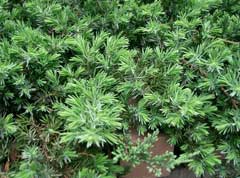
Sandy seashores all over Japan. Love

Sandy seashores all over Japan. Love
Within its native distribution range, J. sambac occurs in dipterocarp forests. Once naturalized, J. sambac is found growing in disturbed sites, secondary forests, coastal areas, abandoned gardens and orchards near villages. . Found at elevations up to 600 metres Love
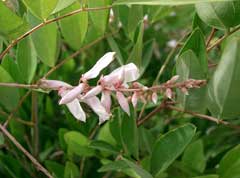
River banks and old stone walls in C. and S. Japan. Love

Lowland wet areas, often in sandy soils along streams, swamps and at the head of bays, in light woodland and thickets. Love
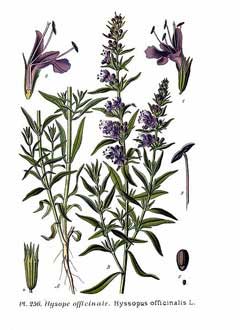
Old walls and buildings, stony places. Dry hills and rock ledges to 2200 metres in Turkey. Love
Wet acid soils. Low sandy or peaty soils. Love
Not known Love
An epiphytic or terrestrial plant, growing in thickets, hedges, on rocks or rock walls, at elevations up to 2,000 metres. Love
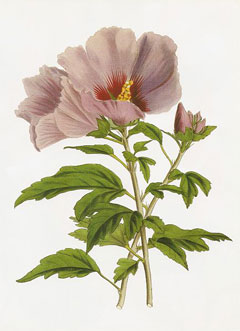
Found wild on mountain slopes, though the original habitat is obscure. Love

Usually found near the coast, often forming thickets on fixed dunes and sea cliffs. Love
Along rivers and lakes, in forest margins, woodland and grassland, at elevations up to 2,000 metres. Often found in disturbed localities such as abandoned farmland and in secondary woodland. Love

Early and middle successional vegetation types on disturbed sites such as coastal sand dunes, river banks, floodplains and fallow land at elevations from sea level up to 1,500 metres. Love
Dry grasslands, open forests, hillsides and mountain slopes from central Belgium south to southern Spain and east through the Balkans to Greece. Western European broadleaf forest, Atlantic mixed forests and conifer and mixed forests (Pyrenees and Alps). It is also…

Meadows, pastures, heaths and the edges of fields, especially on poor soils. Love
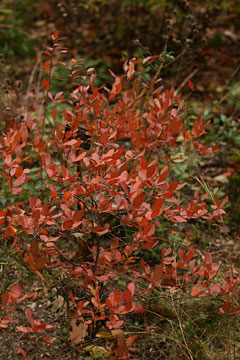
Dry or moist woods, thickets and clearings, on acidic sandy soils. Love